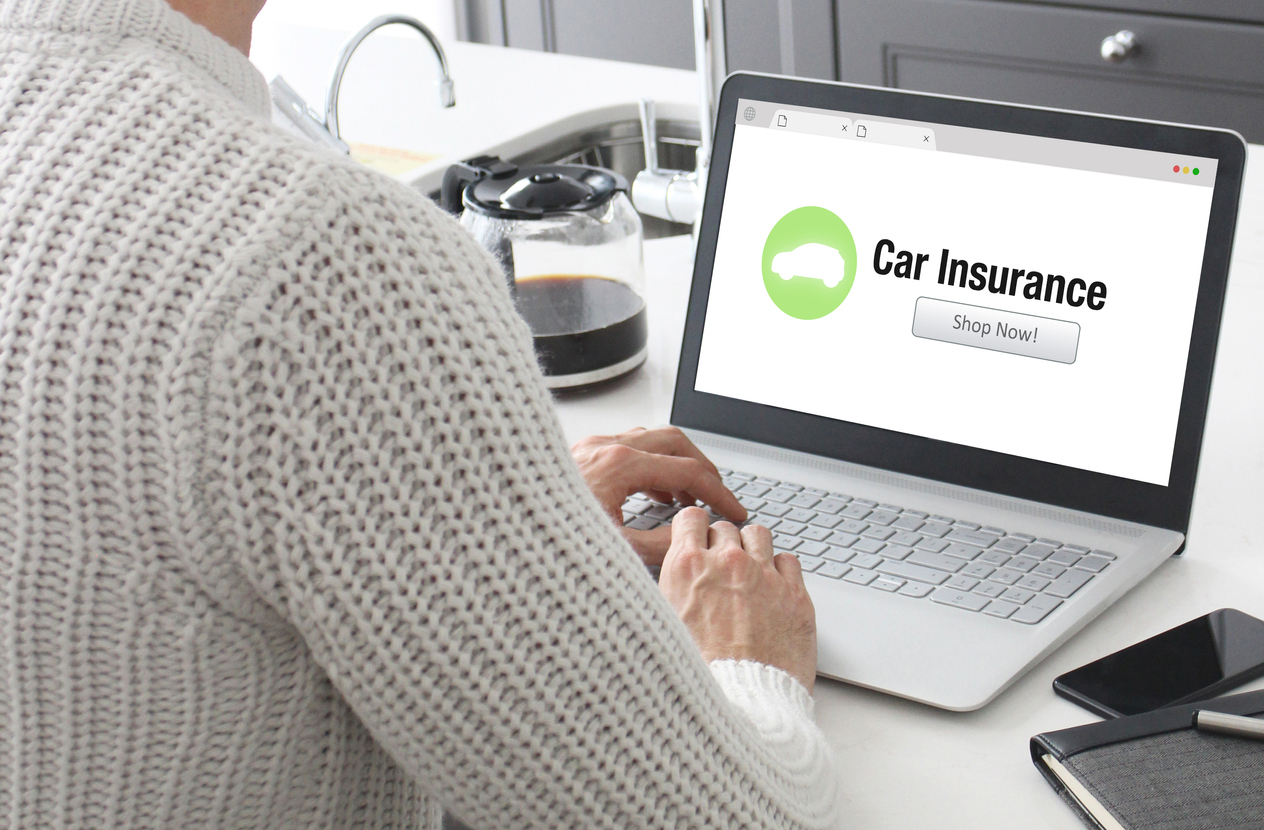In its recently updated 2022 Trends and Insights: Personal Auto Insurance Rates, the Triple-I noted that the combined ratio - a measure of profitability used by insurers to gauge how well they are performing - for personal auto had quickly deteriorated from 92.5 in 2020, the industry's best underwriting result in at least 25 years, to more than 105 forecast for 2022. A combined ratio of 100 indicates that insurers pay $1 in claims and expenses for every $1 in premium collected. A loss ratio is the percentage of each premium dollar spent on claims by an insurer.
While insurers' personal auto loss ratios fell precipitously in Q2 2020, they have steadily risen to far exceed pre-pandemic levels as more drivers with riskier driving behaviors return to the road in 2022. Among the factors influencing poor auto insurer economic performance are:
- Rising insurer losses as the frequency and severity of accidents increase
- Highway fatalities and injuries are at an all-time high.
- Continuing supply-chain issues, resulting in higher prices for automobiles, replacement parts, and labor
- More expensive auto repairs as a result of safer, more technologically advanced vehicles
- Excessive claim payouts as a result of personal injury attorneys abusing the legal system
The personal auto loss ratio was 47.5 at the start of the pandemic (Q2 2020), compared to 78.2 in Q2 2022. The liability loss ratios of the top five U.S. auto insurers surpassed 80 in the quarter ending June 30, 2022. The primary components of a personal auto insurance policy are liability coverages, which pay for the policyholder's legal responsibility to others for property damage and bodily injury.
"The industry's recent deterioration in liability coverages may reflect increased litigation as courts re-open as the COVID-19 pandemic fades," said Dale Porfilio, Triple-chief I's insurance officer. "More lawsuits, in conjunction with increased accident frequency and severity, fatalities, and replacement costs, point to the need for higher personal auto insurance rates."
In order to remain financially viable, insurers must set rates that are proportional to the risks they cover. Auto rates, which serve as the benchmark for premiums, take into account a variety of factors. Individually, the insurer evaluates the vehicle, policyholder, location, and vehicle use, as well as how they contribute to the insurer's loss experience. Auto insurers gave back approximately $14 billion to policyholders in the form of cash refunds and account credits at the start of the pandemic, anticipating fewer accidents due to the economic lockdown.
Despite significant increases in the consumer price index (CPI), vehicle prices, and the cost of auto replacement parts, growth in personal auto insurance premiums has remained relatively flat. Nonetheless, all of these factors have conspired to keep the price of personal auto insurance coverage on the rise, according to the Triple-I Issues Brief.













